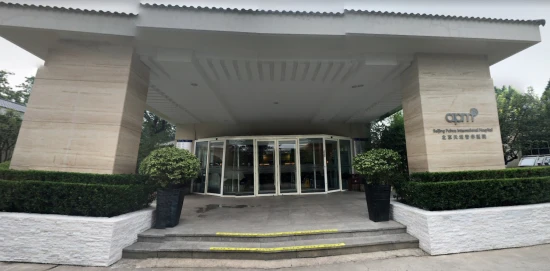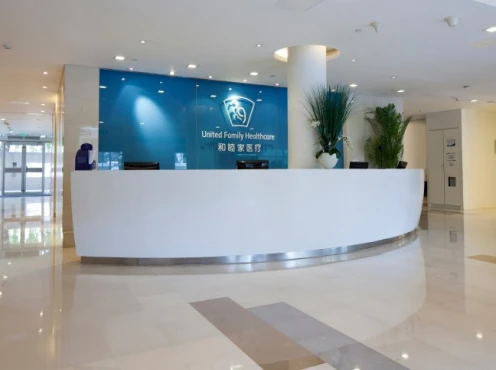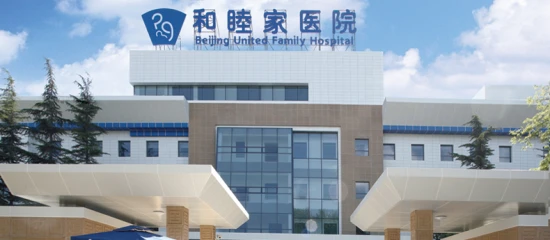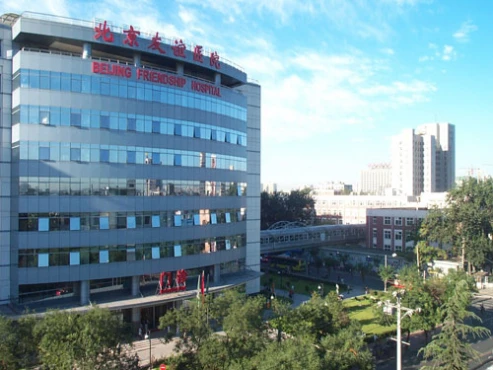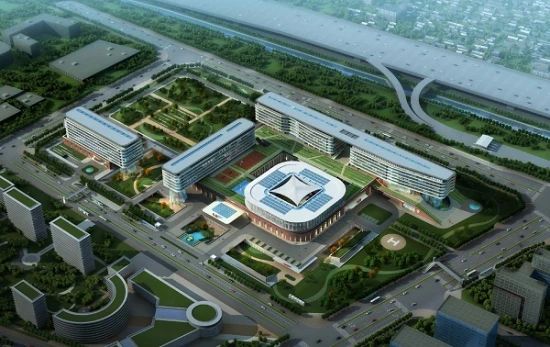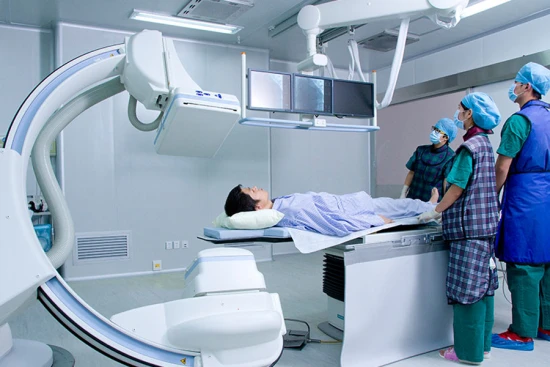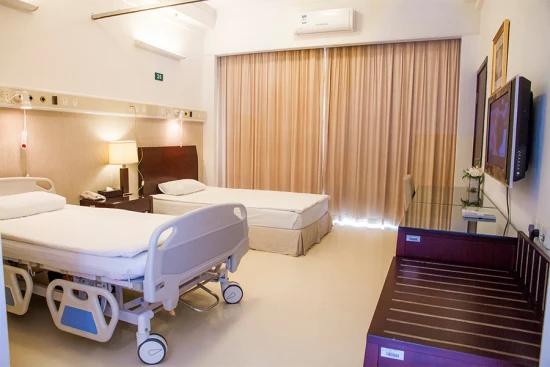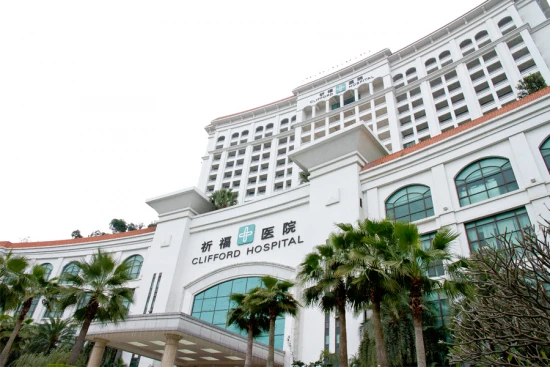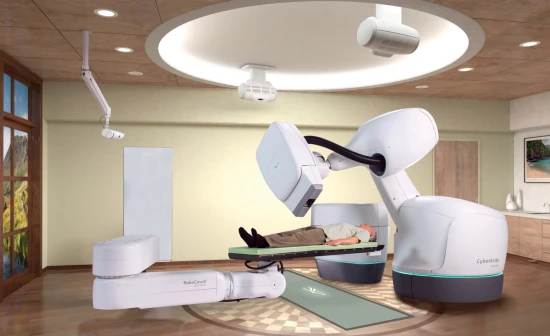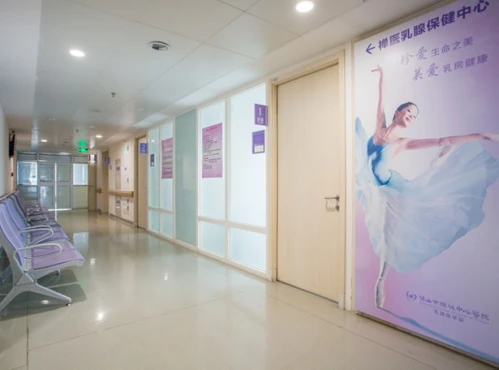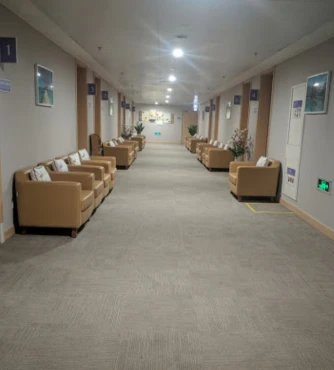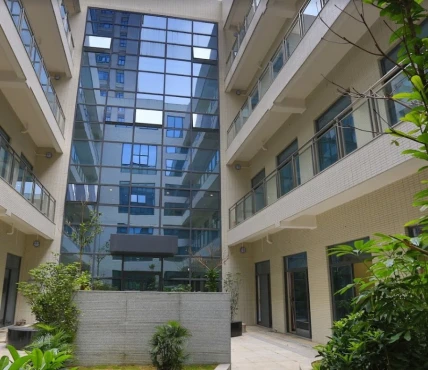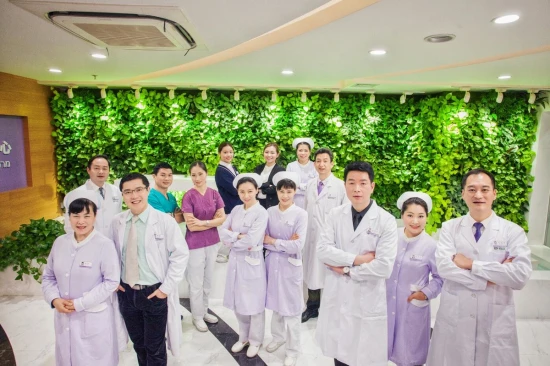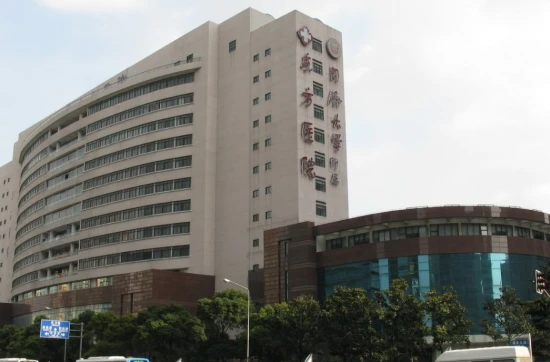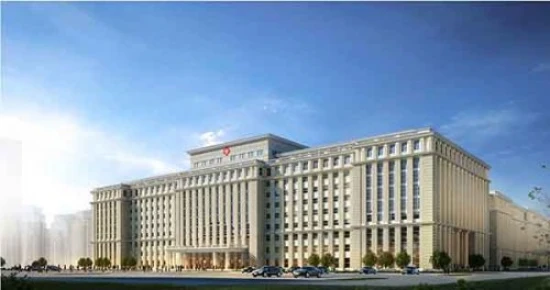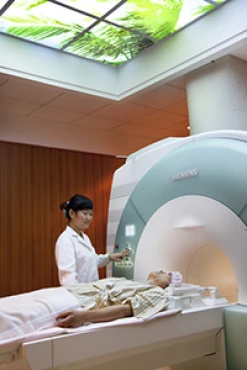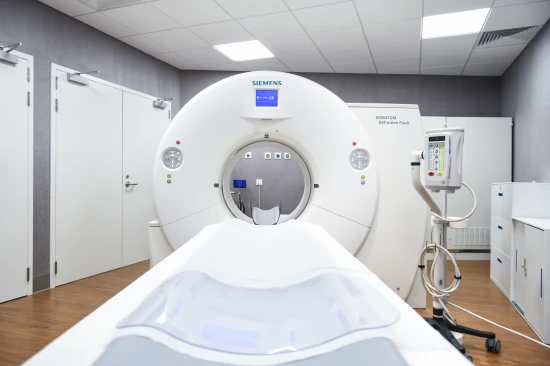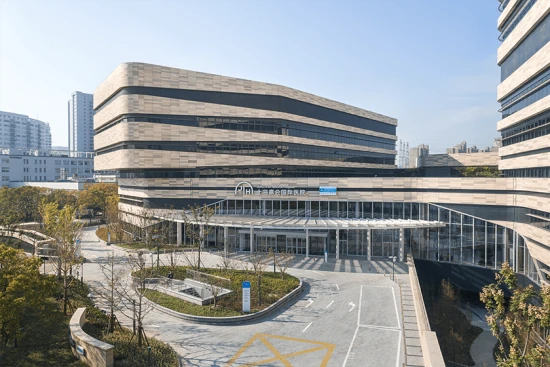Stroke treatment in 3 Neurosurgery and Vascular surgery clinics in Beijing
3 clinics specializing in Neurosurgery and Vascular surgery providing treatment of
Stroke
Stroke is a medical emergency caused by a sudden interruption of blood flow to the brain. It can lead to neurological deficits, such as paralysis, speech difficulties, and cognitive impairments. Immediate medical attention is crucial to minimize brain damage and improve outcomes.
Read more...
disease in Beijing.
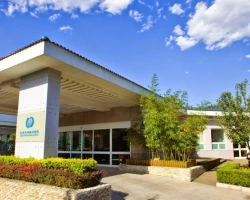
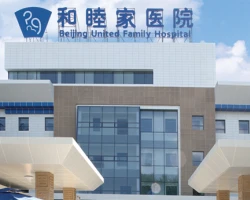
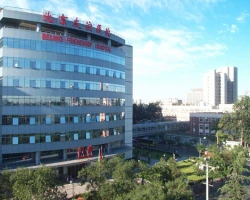
Nearby clinics in China
Perhaps you should consider the following clinics we have found nearby basing on your Location, Disease filters applied.



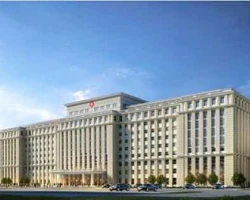

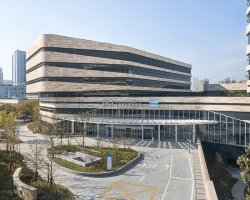
Clinics grouping by rating
Clinic with the highest rating of 4.3 — Beijing Friendship Hospital in Beijing, China, clinic with the most reviews number of 29 — Beijing United Family Hospital (BJU) in Beijing, China.
With rating from 3.0 to 3.9 — 1 clinic.
With rating 4.0 and over — 2 clinics .

